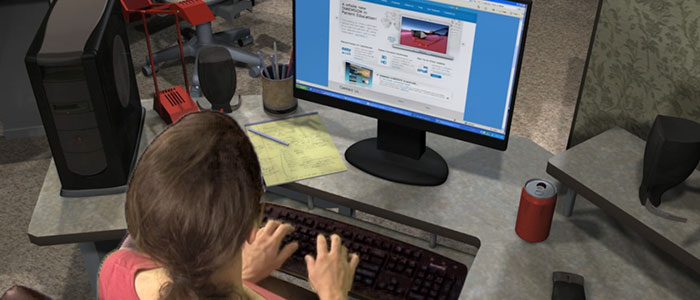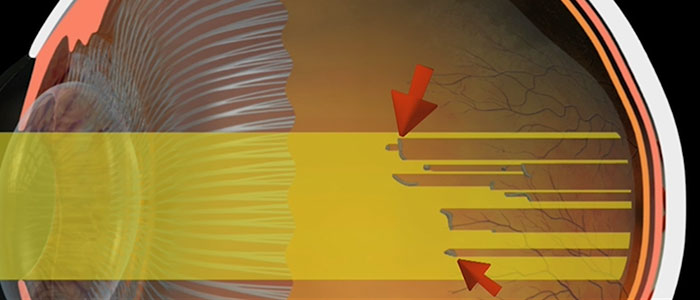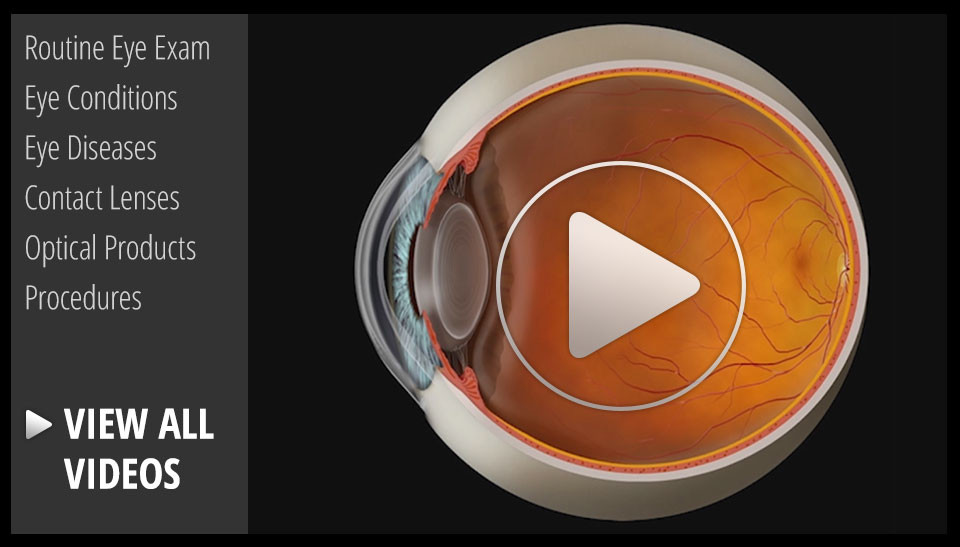Blog

Computer Vision Syndrome, or CVS, is characterized by tired and sore eyes, headaches, neck and shoulder pain and general body fatigue. It is the number 1 complaint in the workplace and affects everyone who works on a computer.
CVS is brought on by the way the computer screen works. An image on the screen is made up of thousands of tiny colored squares called pixels. These pixels are constantly changing in color and brightness which causes your eyes to refocus. This constant refocusing is what causes the systems of computer vision syndrome.
The only sure fire method to prevent CVS is to wear specialty prescribed computer glasses. These can range from specialized multi-focal lenses to single focal lenses used specifically uses while using the computer.
However, you can also combat the effects of CVS simply by setting up your workspace. Place your computer screen approximately 20 to 40 inches away from your eyes, directly in front of you and position it so there is little to...

The vitreous is a sac of jelly like substance that fills the eye, and gives it its shape. It is located behind the lens, and is attached to the retina.
As we get older, the vitreous shrinks in size causing it to tug on the retina. As a result, small clumps or particles may appear in the vitreous. Because they are suspended in this jelly like fluid, they often hang suspended and don’t float downward.
As light passes through the pupil and back onto the retina, some of the floaters may be located in this light path. If the light hits a floater, it will form a shadow on the back of the retina and may appear to you as a spot or bug moving around in your field of vision.
Sometimes when the shrinking vitreous tugs on the retina, it may cause you to see a flash of light. However, in rare instances, the retina may even tear from this tugging action causing a flash of light as well. This can be a serious condition which requires immediate attention.
For the most part, floaters...


